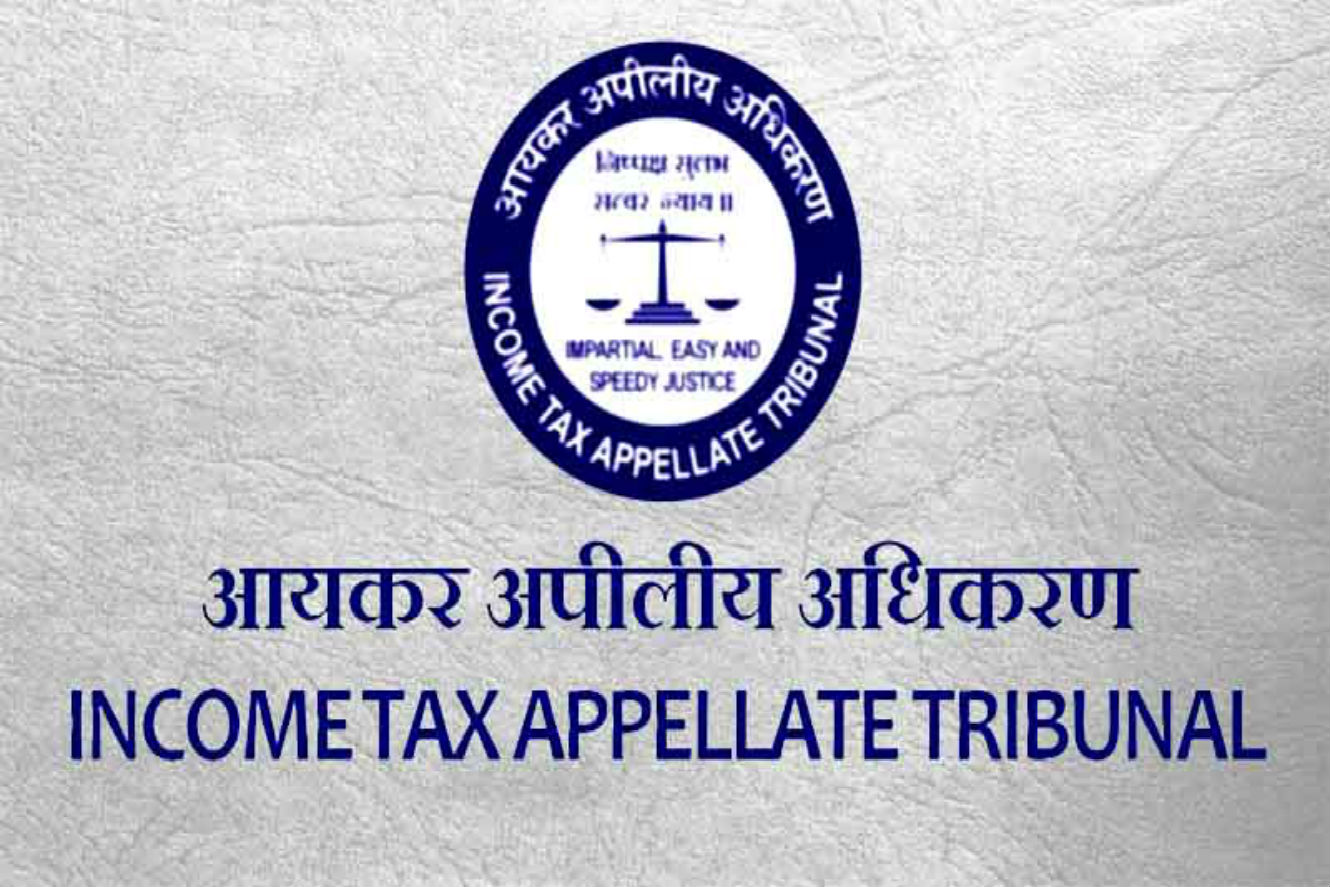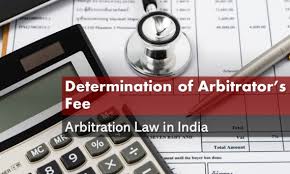Stuart, J.@mdashThis appeal is concerned I with the title to a plot of land 1.38 acres J in area bearing a rent of Rs. 25. It raises I points of difficulty. This much appears j to be clear. Bazmir Khan the father of Fazal Muhammad Khan the defendant-respondent sold at some time prior to 1895 a one-third share in the village of Udipur Bhura, Shahjahanpur District, to Khub Chand the father of Lalman plaintiff-appellant. In this share was a field which tras formerly numbered 558/1. The number was changed to 613 at some time prior to 1895. This has been subsequently sub-divided into two numbers 613/1 and 613/2 and is the plot of land in area 138 acres which is now in dispute. In 1895 there was a partition in the village and on a finding of the learned District Judge this No. 613 was at the time of the partition allotted to Bazmir Khan. Although Bazmir Khan had sold a portion of his zamindari ha had retained the remainder and his son Fazal Muhammad Khan is still a zamin-dar in the village and is also the lambardar. The real difficulty in this ease is to decide whether this No. 613 passed from Bazmir Khan to Khub Chand, There can be as presumption in the matter. It may have passed or it may not have passed. The entries in the papers although affording information are never likely to afford absolutely reliable information in matters such as these. There is evidence which the learned District Judge has accepted as correct that in the partition of 1895 No. 613 was handed over to Bazmir Khan. This evidence is contained in a certified copy. Exhibit B, of a portion of the partition proceedings but it would appear, though I am not quite clear on the point, that the whole partition record was before the Assistant Collector and before the learned District Judge. It is, however, to be noted that this entry, which clearly declares that No. 613 was left with Bazmir Khan with the consent of Lalman, Khub Chand then being dead, states the area of No. 613 as 85 of an acre instead of as it is 1.38. There can, however, be no doubt as to the fact that this entry affords evidence on which a Judge could arrive at a finding of fact.
2. It appears that in the settlement of 1897-98 No. 613 was recorded as Lalman''s sir. Bazmir Khan applied in 1903 to the Assistant Collector to waiter that entry and to enter the number as in his possession as sir. That application was made u/s 40 of Local Act, III of 1901. The Assistant Collector re fused to alter the entry. He based his decision upon a Kanungo''s report. He heard no evidence on the subject. It must be noted that u/s 40 decision must be made on the point of possession if that point can be decided. The Kanungo found that Lalman was in possession. It is true tie went into a point which was unnecessary for decision that Lalman was also entitled to the number." Beading Section 40 it will, however, appear that where the revenue authorities can find, as they found here, that a certain person is in possession the entry must be made on the basis of possession and the question can be reopened upon a basis of title in either a civil or a revenue Court. Bazmir Khan appealed to the Collector who upheld the Assistant Collector''s order. The Collector''s order was, however no more than a decision as to possession.
3. Although the order was that Lalman was in possession and Bazmir Khan was mot in possession the plaintiffs'' allegation is that Bazmir Khan, and after him his son Fazal Muhammad Khan, has remained in possession, for the present suit is a suit u/s 58 of Local Act II of 1901 for the ejectment of Fazal Muhammad Khan from this field on the finding that he is a tenant without occupancy rights. Now it appears that the actual cultivator is a man called Munna. Fazal Muhammad Khan contested on the ground that he was actually the proprietor of the plot. Munna stated that he held the land from Fazal Muhammad Khan. The Assistant Collector decided upon the basis of the entries in the settlement and the orders of 1903 that the plaintiff was the proprietor and that there was a tenancy between him and Fazal Muhammad Khan. So he ordered the ejectment of both defendants. The learned District Judge has found on the merits that Fazal Muhammad Khan is the proprietor of the plot. I have no doubt as to the point that, if the question was open ''to the learned District Judge for decision, his finding is a finding of fact which cannot be disturbed in second appeal. He further found that no relationship of landlord and tenant existed between the plaintiffs and Fazal Muhammad Khan. The latter finding is also a finding of fact. The point argued before me on behalf of the plaintiffs-appellants is that it was not open to the District Judge to arrive at any such finding and Section 44, Local Act III of 1901 is relied on in this connexion. Section 44 lays down that certain decisions under Sections 40, 41 and 42 shall be binding on all revenue Courts in respect of the subject-matter of the dispute. But there has been no decision under Sections 40, 41 and 42 in reference to the property in dispute. It is further argued that the decisions of 1903 operate as res judicata. Under the provisions of Section 40 they cannot operate as res judicata to prevent the Judge arriving at the conclusion at which he did; for they clearly refer only to possession in 1903, a matter with which we are not concerned in the present case. I find that if was open to the learned District Judge to arrive at the finding at which he did, that he was not precluded either by the provisions of the Revenue or the Rant Acts or by the law of res judicata from arriving ad that finding and the finding is one which cannot be disturbed in second appeal. It is really a question of fact as to who succeeded to the plot. The entry in the settlement to the effect that the plot is Laltnan''s sir is not binding in any way. I agree with the viaws taken by the Board of Revenue in Mahesh Prasad v. Lala Badhika Prasad Selected Decision No. 17 of 1912 and Pem Raj v. Ram Kishen Selected Decision No. 9 1913, that where land has been recorded as sir at the last settlement and has been continuously so recorded since, the correctness of the entry of the land as sir at the settlement is, u/s 57, Act III of 1901, open to disproof.
4. I accordingly dismiss this appeal with costs on the higher scale.

